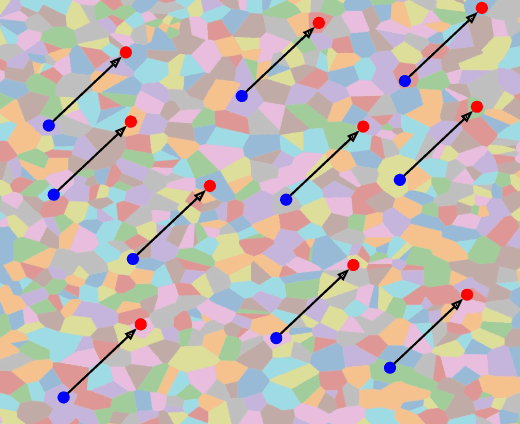Multi-attacks: Many images $+$ the same adversarial attack $\to$ many target labels
Paper and Code
Aug 04, 2023



We show that we can easily design a single adversarial perturbation $P$ that changes the class of $n$ images $X_1,X_2,\dots,X_n$ from their original, unperturbed classes $c_1, c_2,\dots,c_n$ to desired (not necessarily all the same) classes $c^*_1,c^*_2,\dots,c^*_n$ for up to hundreds of images and target classes at once. We call these \textit{multi-attacks}. Characterizing the maximum $n$ we can achieve under different conditions such as image resolution, we estimate the number of regions of high class confidence around a particular image in the space of pixels to be around $10^{\mathcal{O}(100)}$, posing a significant problem for exhaustive defense strategies. We show several immediate consequences of this: adversarial attacks that change the resulting class based on their intensity, and scale-independent adversarial examples. To demonstrate the redundancy and richness of class decision boundaries in the pixel space, we look for its two-dimensional sections that trace images and spell words using particular classes. We also show that ensembling reduces susceptibility to multi-attacks, and that classifiers trained on random labels are more susceptible. Our code is available on GitHub.
 Add to Chrome
Add to Chrome Add to Firefox
Add to Firefox Add to Edge
Add to Edge